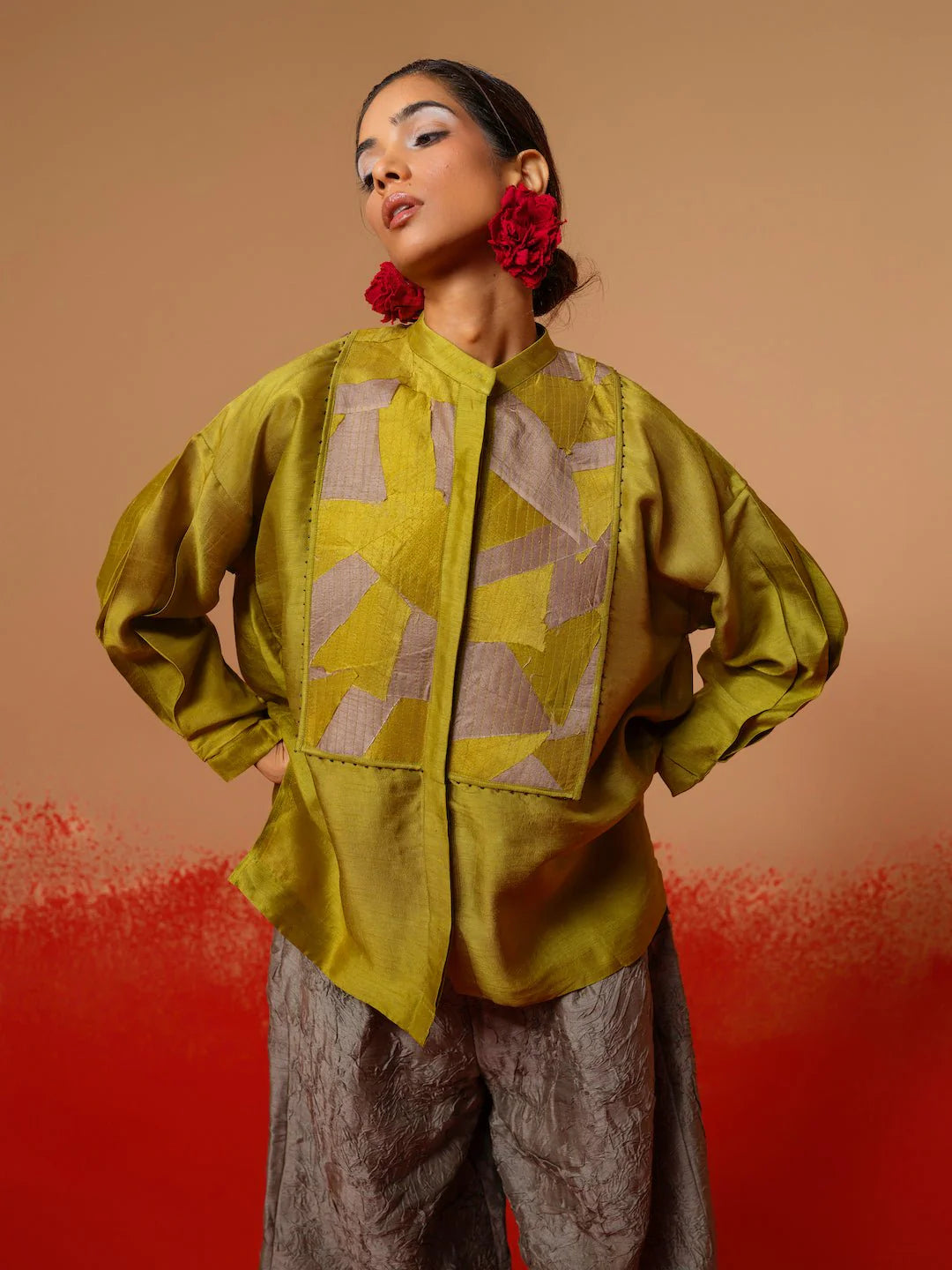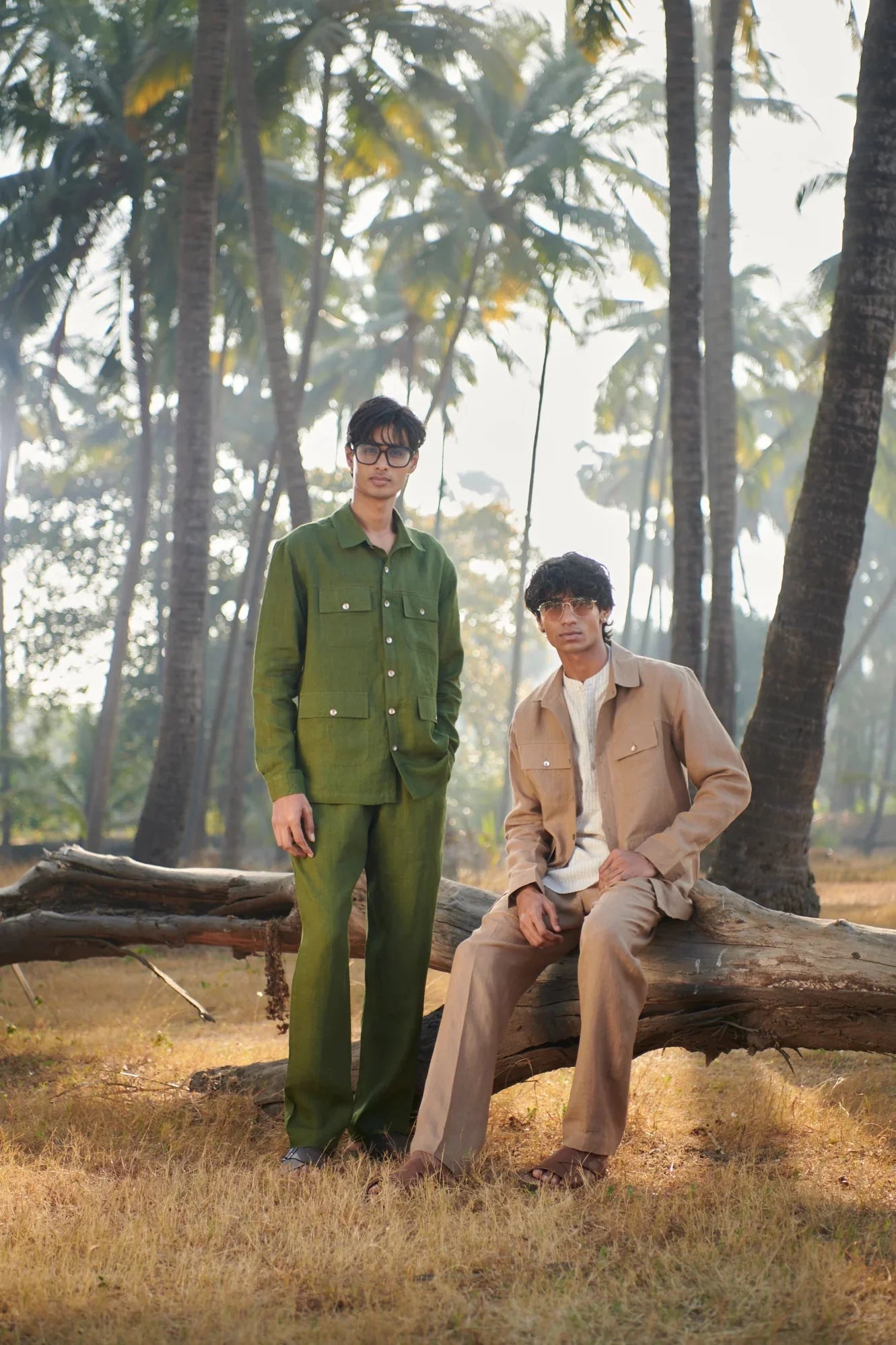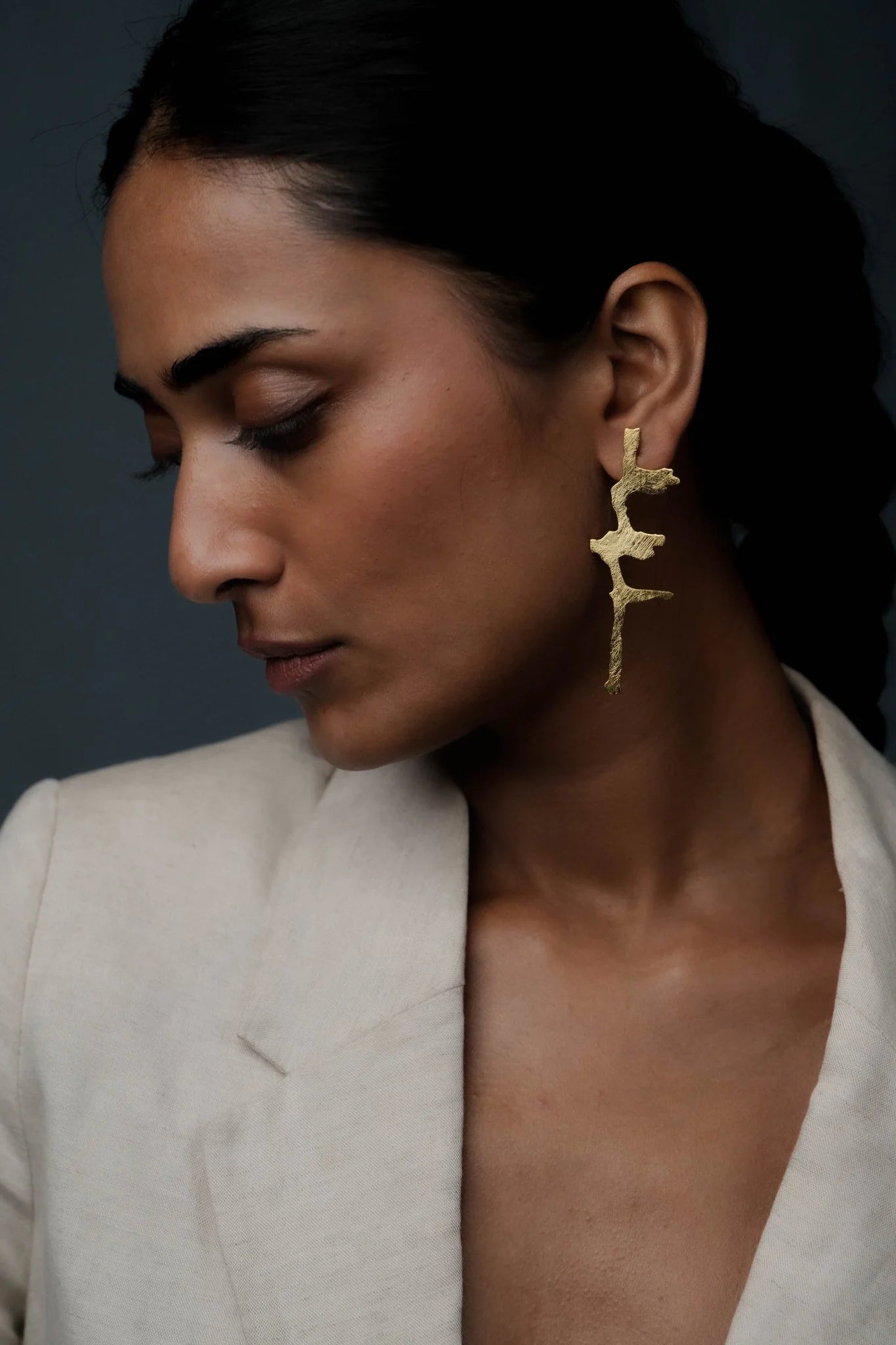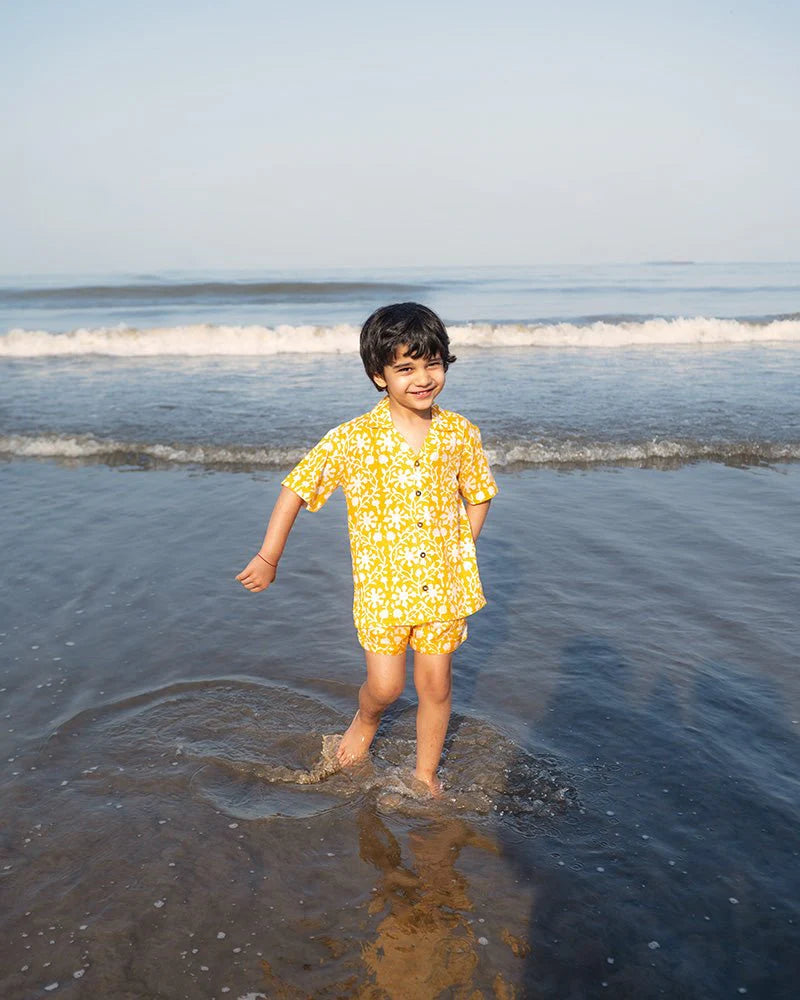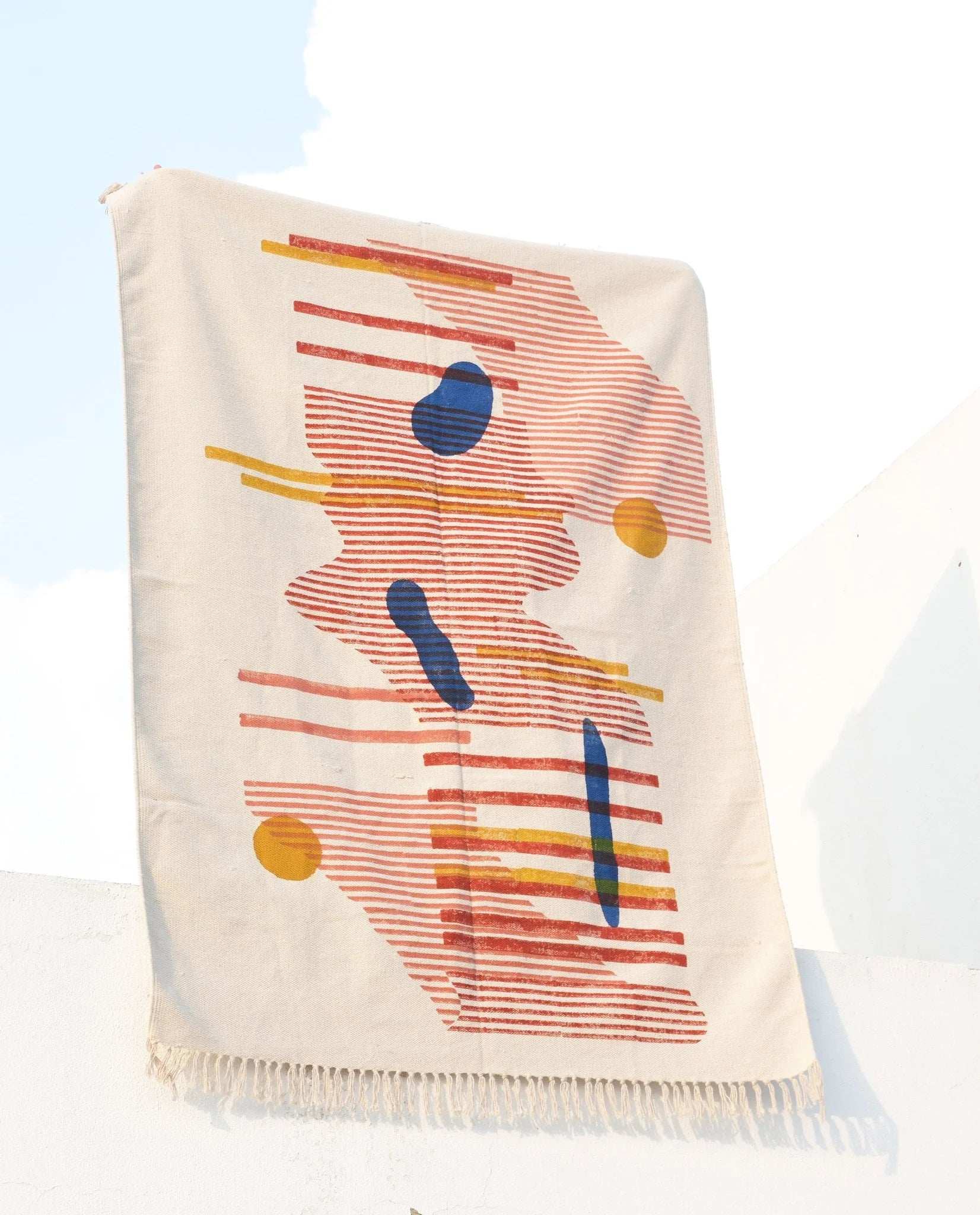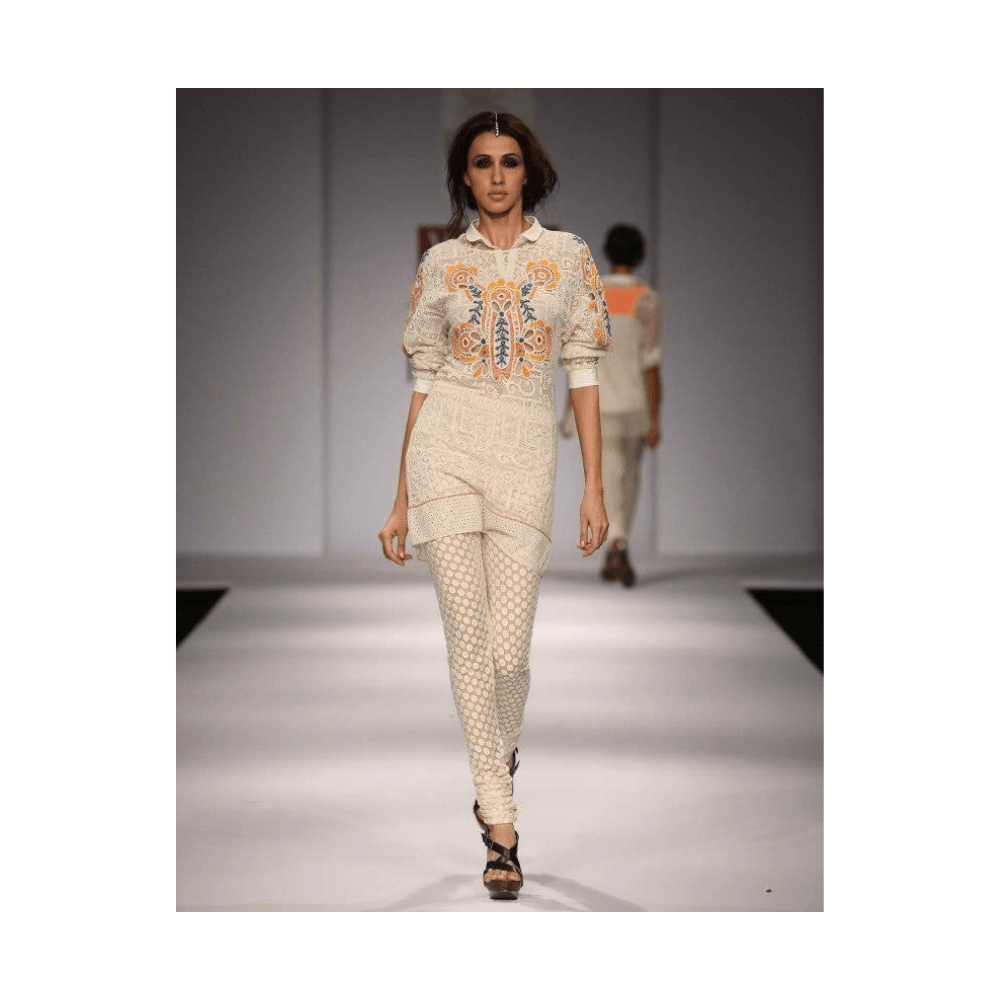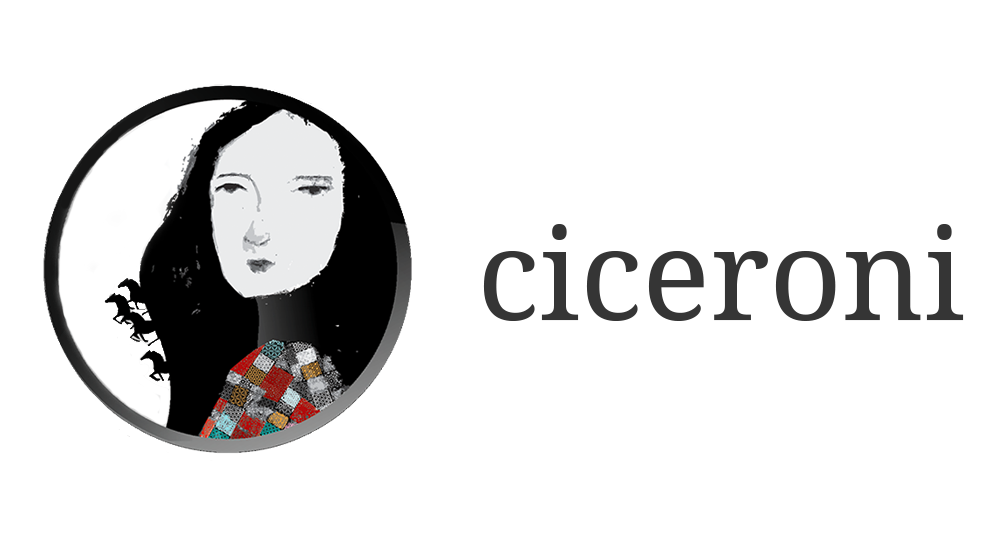Madhubala’s embellished Anarkali in Mughal-E-Azam…
Sadhana’s tight-fitting churidar kurtas in Waqt….
Rekha’s pearl-hued brocade dress in Umraojaan…
These are but some of the few iconic fashion moments from Hindi Cinema that influenced the choices of our mothers and grandmothers. They would narrate tales of how they would visit their trusted local masterji to get those designs copied. Of course there were smiles and tears both ; if the fitting came well it was all great but if it turned bad, the whole fabric got wasted. Especially if it was tight chudidar, up until early 2000.
The last two decades have seen a dramatic change in how Indian women look at the way they dress, inspiration fading from mere Bollywood to a more global appeal of comfort and ease. Entry of ready-made aka pret garments changed the ball-game for the rising breed of urban millennials. The ease of buying an apparel in variety of designs, colours and perfect size led to waning businesses of local masterjis. One winning product that truly changed the way Indian women dress, be it in urban or rural scape in fashion, has to be the ubiquitous LEGGINGS.
Do you even remember the time before leggings ? It’s the perfect partner for work-wear kurta for Indian office wear or even party wear for that matter. It’s the staple for not just working women but also for all college going girls. Black, ivory, beige and maroon were the standard pick-me-ups since these easy breezy innovation raided the markets.
But quite interestingly, Leggings became fashionable way before that. The emergence of leggings as a clothing staple can be traced back to the 14th century when men in Scotland wore two separates, hip-high, boot-like gears made of leather or chainmail that eventually evolved into thick garments like tights. Men wore these under their cotehardies during the Renaissance era.
The invention of Lycra/spandex by chemist Joseph Shivers in 1958 paved way for the first Lycra leggings. Perceived to be slim and stretchy, Mary Quant and Emilo Pucci added them to their collection along with the popular shift dresses of the 60’s. Think of disco and punk era when celebrities wore leather skirts over leggings and boots. The way leggings were worn internationally was very different from how Indian market Indianised its utility.
Cinema and print media during the 60’s played a major role in popularizing the salwar-kameez across India. Actress Sadhana and costume designer Bhanu Athaiya popularized skin-hugging silhouettes, borrowing tailoring techniques from the west.
In the 80’s, Bhagyashree’s white suit with chudidaar, high collar kurta detailed with huge floral motif and dupatta took over the Indian closet.
Designer Manish Malhotra changed the scene of the traditional salwar kameez by bringing in the sheer, strappy designs in Madhuri Dixit’s Dil Toh Pagal Hai in the 1990’s while continuing the chudidaar staple.
Rena Verma, 55, Retired Bank Official, who recently made the shifted from airy salwars to snug leggings shares “For most of my college and working years, I used to wear stitched salwar and churidars. Slowly as years passed, my children introduced me to leggings. I have never looked back ever since. With no trying, stitching or ironing required, it is the easiest and comfortable option available for women in India. It saves me the disappointment of ill-fitted garment and feels like second skin.”
Highlighting the evolution of market, Dipna Kirplani, Co-Founder, Dipashna Ahmedabad shares, “We were the first local store in Ahmedabad to sell leggings 20 years ago. From selling neutral shades like black, white and off-white in the earlier years to now more than 50 colours to match the growing demand of the customers, we have seen the demand only rise for this garment. Women today prefer ease and comfort over just style. Most of our clientele are working women, college goers and plus size women who are willing to switch from salwars to leggings. Back in the day it was all about matching the kurta with the salwar or the churidars. Today with leggings being a must have staple, it is easier to mix and match and wear throughout the day.”
One doesn’t need to follow matching routine thanks to the invention of leggings. Mix and match different colours and invest only in basics to start with. Stylists talking on wardrobe building state that black, ivory, maroon and beige leggings are the perfect building block for a woman’s traditional wardrobe.
Business wise, market reports state that “The global leggings market was valued at USD 29.1 billion and is expected to reach USD 45.2 billion by 2026, expanding at a CAGR of around 6.3% during the forecast period, 2020-2026.”
Sharing his insights on how Go Colours as an exclusive leggings brand broke into the Indian fashion market, Gautam Saraogi, CEO and Co-Founder Go Colours said “Go Colors was founded in 2011 by me and my father Mr Prakash Saraogi to fill in the gap in the market. We saw leggings as a category which didn’t exist, basically sold in unbranded markets and high streets without a label. We were keen on taking a product which was not being done by anyone else. It would be easier to sell as at that point of time there were no other brands in the market with main focus on leggings. After encountering loses with sale through distributors, we decided to go with the idea of kiosks that are usually used to sell popcorns, desserts and accessories at malls. We were the first ones to sell apparels at kiosks as leggings do not need trial rooms. Our first kiosk was at Express Avenue Mall, Chennai. We raised external capital to put up stores across the country and we also turned our kiosks into stores and included a variety to our product line. Today we have more than 470 stores pan India.”
From neutrals to pastels, from gold to silver, from leggings to denim jeggings, this apparel category has changed the way we wear bottom-wear in India. Ananya Iyer, a college student shares her love for leggings as she comments “Leggings are so comfortable to wear all through the day unlike denims in hot weather of India. The trendy colours available in the market have helped me add a variety to my closet and has made mix and match easy. Be it ankle length to go with the crisp cotton kurtas, chudidaar to go with the anarkalis or the capris teamed with dresses and skirts, leggings are a must-have.”
While the Indian iteration of leggings stick to being the perfect bottom-wear for traditional Indian kurtas and anarkalis, it has also acted as a replacement for pants, jeans and joggers among the ones who love to wear contemporary garments. With work from home becoming the new normal and with most of us left with no reasons to dress up, these trendy leggings and athleisure leggings come to the rescue, giving rise to a new demand and liking for this versatile staple. From fashion runways to gym gears, from celebrity closets to common man’s wardrobe, leggings are here to stay…

